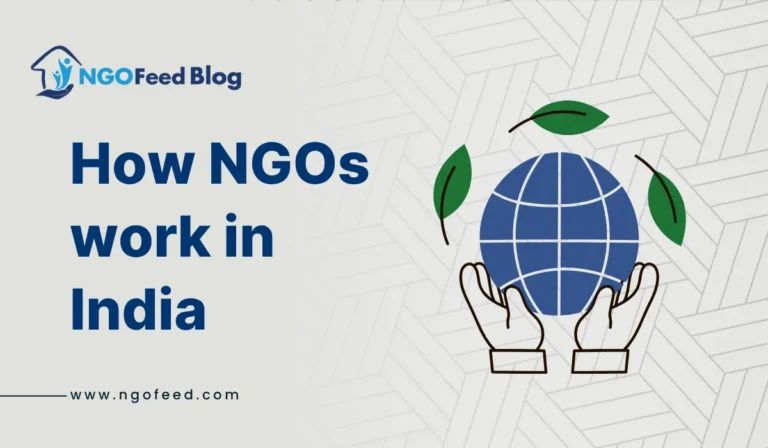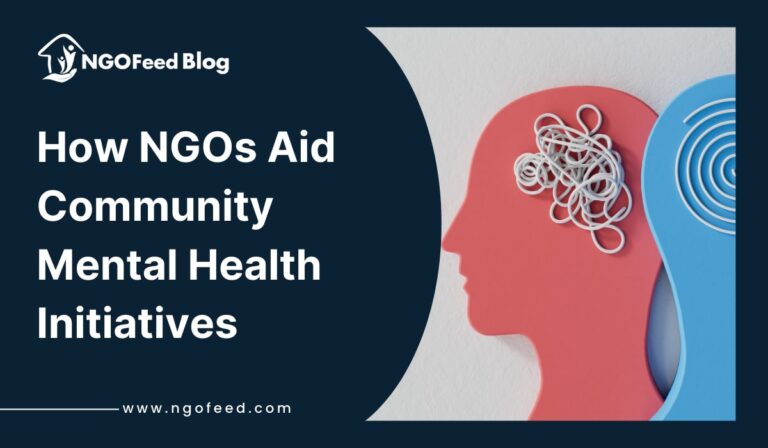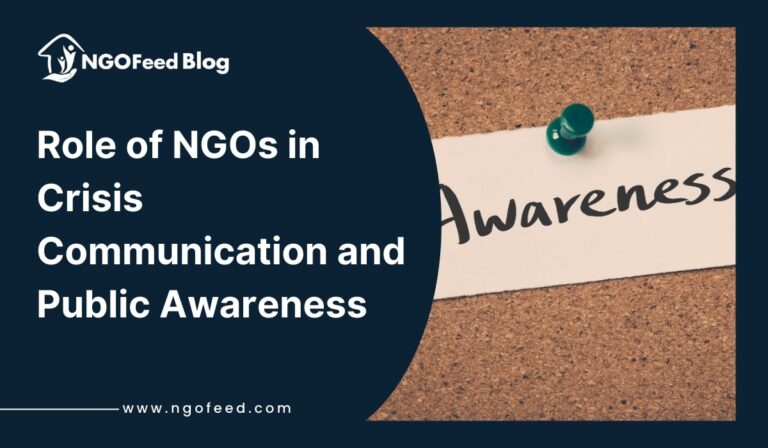Girls and women education in STEM: In the modern world, the topic of science, technology, engineering, and mathematics (STEM) defines the future, stimulates innovations and economic development, as well as provides answers to world issues. However, in the context of the increased significance of these occupations, girls and women remain considerably underrepresented in STEM education and profession. Gender biases, lack of access, cultural stereotypes, and few role models remain a barrier to millions of girls from exploring their full potential in STEM.
Less than 30 per cent of the world comprises women in scientific research and technological development. The figures are even lower in certain areas, where girls quit STEM disciplines early in their academic years because of social pressures or lack of encouragement. It has far-reaching consequences beyond the future of any single person; narrowing diversity, creativity and problem-solving capabilities that STEM fields can bring.
Also Read: Role of UNESCAP in India
We used to think that empowering women and girls in STEM is not only an equity issue, but progress, too. Girls become innovators, leaders and changemakers when they get the same chances to experiment with science, play with technology, and code. We will shatter the walls and create a more open-minded and smart future using education, mentoring, and community acceptance.
Table of Contents
Why is there a Gender Gap in STEM?
The issue with gender disparity in STEM (Science, Technology, Engineering, and Mathematics) is an old problem in the global community. Although there is improvement in most segments of girls’ education, STEM is one of the most unbalanced fields.
Also Read: Role of NGOs in Disaster Management
Cultural Stereotypes
Girls are usually discouraged from being interested in science or technology at a very young age. Expressions such as the math is a boy’s thing or engineering is too difficult to work are too hard for girls, and they develop a kind of notion in future when making a choice in this.
Lack of Role Model
Female scientists, engineers or tech leaders are scarce in textbooks, the media, and in classrooms. The girls are unlikely to see themselves in STEM without role models who resemble them.
Educational Barriers
- Many schools in most districts do not have resources, labs, and skilled teachers to help girls in STEM.
- The classroom can be the cause of gender bias, which translates to a different level of encouragement or opportunities.
- Girls, in certain cultures, are supposed to devote their attention to household chores instead of getting educated, particularly in low-income communities or rural areas.
Workplace Discrimination
Even when women work in STEM careers, they are likely to earn unequal wages, rarely obtain promotions, and are not supported, which makes it even easier to leave and not thrive in the profession.
It will take a community to end these trends, beginning with education, mentorship, and change in the system of how women and girls are supported as they seek to advance science and innovation as their future.
Also Read: Role of NGO in Tribal Development:
Barriers to STEM Education for Girls and Women
In spite of the increased consciousness, the world has to face that girls and women are still subject to numerous obstacles in regard to entering and succeeding in STEM educational programs. Such difficulties are usually intertwined, are based on social norms, systemic inequality, and a lack of opportunities.
1. Societal and Cultural Norms
- Girls in various communities are discouraged from pursuing STEM at an early stage because of cultural gender norms. They are commonly advised to take up the less technical subjects, and STEM is believed to be more than adequate for boys.
- Mathematics, science and technology are considered to be male-dominated or too challenging for girls.
- Early discouragement results in diminishing confidence in math and science skills.
- The community and family can expect that a person will become a caregiver or wife instead of being educated.
2. Economic Constraints
- Boys are mostly favoured over the school fees and school resources in low-income families.
- Girls can also be assumed to participate in house chores as opposed to going to school regularly.
- Their access is also limited by the shortage of such infrastructure as safe transportation and sanitation facilities.
Also Read: Role of NGO in Rural Development
3. Sex Discrimination in Education
- In science studies, boys might also be called upon more than girls by the teacher unintentionally.
- The materials and curricula of STEM classrooms tend to exclude women scientists or innovators.
- Female students can feel alienated or unwelcome in sexist STEM classrooms.
4. Digital Divide
- Girls in remote or rural places lack access to computers, the internet, or digital tools, which poses a disadvantage to them.
- The gap may also be increased because online learning systems are not based on the needs of girls.
We require effective programs, awareness in the community, inclusive teaching strategies and related policies to fight these barriers with the aim to provide all girls with an opportunity to experiment and succeed in STEM.
The Role of NGOs in Promoting STEM Access and Equity
NGOs have an influential role to play in eliminating the gender disparity in STEM through creating space, awareness creation and policy making. Although the governments and schools create this support system, NGOs tend to intervene to capture the most marginalized girls and take them through the education process.
1. Establishing Opportunities to Learn
- NGOs operate STEM schools and education programmes, community centres, and even in far-flung villages.
- Hosting of STEM camps, coding courses and robotics classes among girls
- Ensuring learning resources, technological resources and internet connection
- Sponsoring schools to achieve better learning in science and math
Also Read: Role of UNESCO in Education
2. Role models and Mentorship
- The reason is that girls will be more willing to study STEM in case women succeed on the field.
- NGOs help girls connect to female scientists and engineers as well as technologists
- Speeches, tutelage and career fairs to motivate and counsel
- Promote media and campaigns to acknowledge success of women in STEM
3. Advocacy and change in policy
- NGOs engage in transforming the system, as well.
- Promote gender sensitive course work and teacher development
- Advocate policies that will enable girls to gain quality education in STEM education
- Practice the promotion of STEM equity in collaboration with governments and institutions
4. Meeting Social Barriers
- NGOs go to parents and the communities and alter attitudes.
- Carry out sensitization campaigns on the necessity of girls studies in STEM
- Provide the provision of support system such as scholarships, transportation, or child care to young women
- Make efforts to stop stereotypes and lead to equal (and more) involvement in science and technology
With these endeavours, NGOs could be referred to as changemakers because they guarantee knowledge access, a sense of confidence, and career development among the next generation of STEM girls.
Also Read: Role of WHO in Healthcare
Success Stories and the Way Ahead
NGOs the world over have demonstrated how girls excel in STEM when they get the right tools and positive motivation. These success stories are evidence that change is not only subject of possibility but is in fact occurring.
Girls and Women Education in STEM – Success stories:
She Codes Project in India
Rural Maharashtra free coding lessons to girls, an NGO program. A large number of participants have proceeded to college where they study computer science and make their own apps.
Africa: Girls can code in Africa (AGCCI)
UN Women and NGOs partnership in the training of girls on digital literacy and leadership in various African countries. Alumni have come up with technology solutions to communities.
Technovation Girls: Global
A free apps challenge to make local solutions through building mobile apps by girls led by a global NGO. It has made thousands of underserved girls access tech and entrepreneurship.
Also Read: Role of NGOs For Sports and Recreation
The Future Strategy
In order to build on the successful outcomes already achieved and engage with additional girls we require:
- Scalable models of community based STEM
- Investment in girls digital access and infrastructure
- Increased numbers of female role models in the classroom, and at avenues outside school
- Gender equity education and employment promoting policies
- Better NGO, government and the private sector alliances
When we support, inspire and invest in girls education in STEM (keep on working), we can unlock unlimited potentialities not only to one but to our society as a whole.
Also Read: UNDP and Its Partnership with India
FAQs on Girls and Women’s Education in STEM
Why is encouraging girls to pursue STEM education important?
Encouraging girls to engage in STEM education leads to gender equality, stimulates innovation, will allows for diverse perspectives to be used in solving problems. When women are also engaged and kick-started into science, technology, engineering and maths, societies can enjoy equal growth and develop further economies.
What barriers do girls face in accessing STEM education?
Girls experience multiple barriers to participating in STEM education, for example, social norms or cultural stereotypes, the absence of mentors or role models, limited exposure and access to technology, awareness of inequitable classroom treatment and the poverty that prevents girls from accessing tech-based activities. These barriers to STEM education provide little to no encouragement for girls to even enter or persist in STEM careers.
How do NGOs contribute to supporting girls to participate in STEM?
NGOs are invested in hands-on programs in STEM, through mentorship, scholarships and community outreach, education and advocacy. They often work with schools, colleges, and governments to develop policies that lead to more inclusive learning environments that encourage girls to pursue STEM education.
What can we as people or communities do to support girls to contribute to STEM?
We can support girls to participate in STEM on very local and basic levels at home and school. Encouraging curiosity, challenging gender stereotypes, showcasing female role models, and providing girls with access to learning about STEM are all positive ways that lead girls to feel empowered to pursue science and technology.










